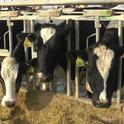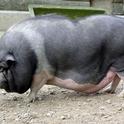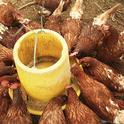- Filter(s):
- GMO
- clear
-

Food is already genetically altered
Nov 29, 2016
-

Anti-GMO measure is on the Sonoma County ballot
Nov 8, 2016
-
Is the GMO 'debate' worth having?
Jul 29, 2014





